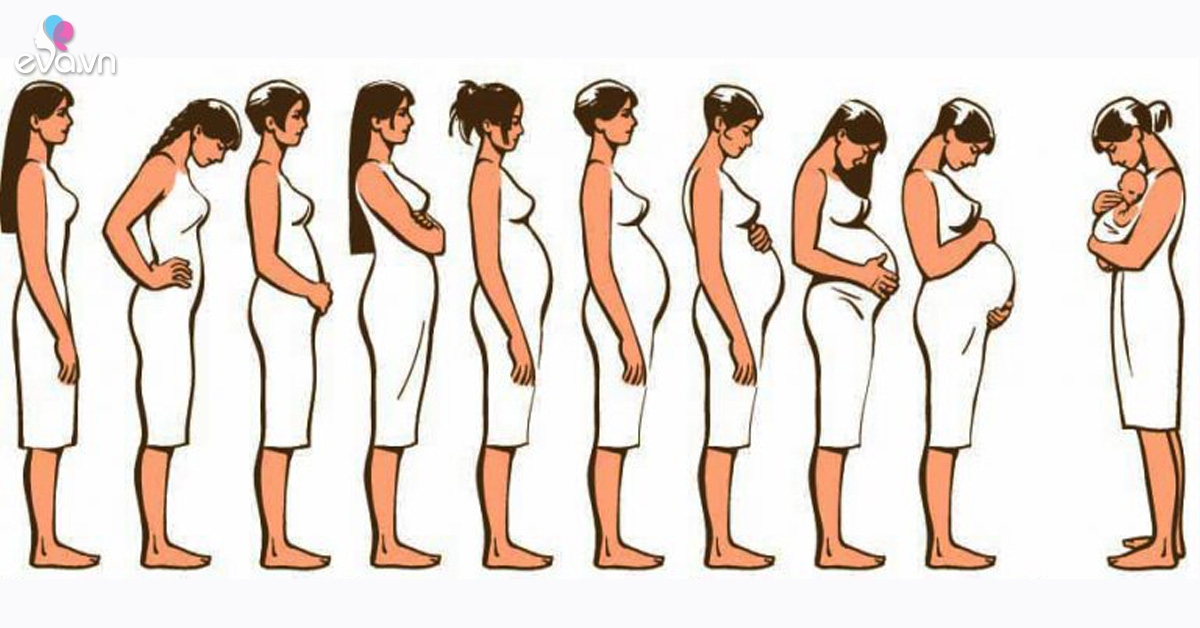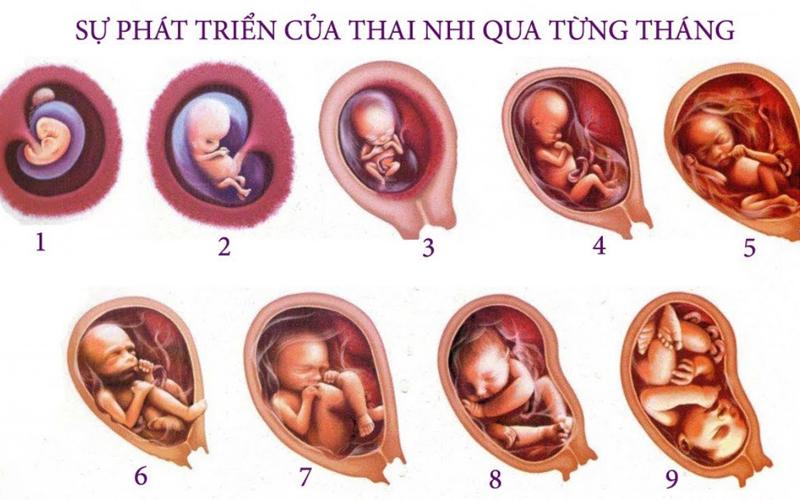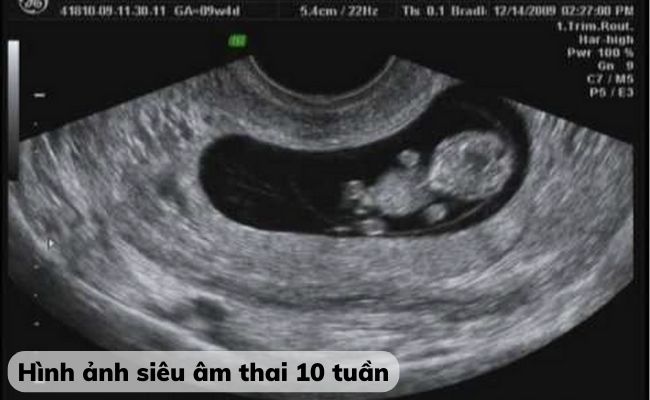[foxdark]
[Bé 2 Tháng Tuổi: Phát Triển Theo Tuần]

Executive Summary

[This article is a comprehensive guide to the development milestones of a 2-month-old baby. It covers various aspects of a baby’s growth, including physical development, social-emotional development, cognitive development, and feeding habits. It also provides helpful tips and insights for parents to support their baby’s healthy development.]

Introduction
[The first few months of a baby’s life are filled with rapid growth and development. At 2 months old, your little one is becoming more aware of the world around them and starting to develop their own unique personality. This article provides a detailed look at the typical developmental milestones your baby might reach during their second month of life. It will also highlight some important considerations for parents, such as feeding, sleeping, and bonding with their baby.]
Frequently Asked Questions
- What are some common developmental milestones for a 2-month-old baby?
[At 2 months, babies typically start to hold their head up for a longer time, track objects with their eyes, coo and gurgle, and begin to smile more frequently.] - How much should a 2-month-old baby sleep?
[Most 2-month-old babies sleep for around 14-17 hours per day. However, sleep patterns vary greatly, and some babies may sleep more or less. If your baby’s sleep patterns change significantly, consult your pediatrician.] - When should I start introducing solid foods to my 2-month-old baby?
[It is not recommended to introduce solid foods to your baby before 4 months of age. Breast milk or formula is the primary source of nutrition for babies during their first few months of life.]
Physical Development
[At 2 months, your baby’s physical development is progressing rapidly. They are gaining strength and coordination, becoming more aware of their body and the world around them.]
- Improved Head Control: [Your baby can now hold their head up for a longer period when held upright. This improved head control indicates stronger neck muscles.]
- Reaching and Grasping: [Your baby is developing their fine motor skills and may start reaching for objects and grasping them with their hands, even if they cannot yet coordinate their movements to actually grab them.]
- Tracking Objects: [Your baby’s vision is improving, and they can now track moving objects with their eyes, especially those that are bright or colorful.]
- Rolling Over: [While some babies may not roll over until later, some might start to roll from their tummy to their back or vice versa around this time.]
Social-Emotional Development
[Your baby’s social-emotional development is taking leaps and bounds at 2 months. They are becoming more responsive to their environment and expressing themselves through smiles, gurgles, and coos.]
- Smiling: [Your baby is smiling more frequently, especially at familiar faces. This is a sign that they are developing social bonds and recognizing caregivers.]
- Vocalizations: [Babies at 2 months often make a variety of sounds, including coos, gurgles, and even babbling sounds like “ah” or “oo.” These are early forms of communication and language development.]
- Responding to Sounds: [Your baby will startle at loud noises and turn their head toward familiar voices, indicating their developing auditory skills.]
- Visual Tracking: [Your baby can now track your face and other objects with their eyes. This visual tracking is essential for their social development and developing a sense of connection with others.]
Cognitive Development
[Your baby’s brain is rapidly growing and developing at 2 months, leading to increased awareness and learning. They are learning about the world through their senses and beginning to form memories.]
- Object Permanence: [Your baby may start to understand that objects still exist even when they can’t see them. This is known as object permanence, a fundamental aspect of cognitive development.]
- Memory: [Babies at this age can begin to remember certain faces, sounds, and experiences. They may show a preference for familiar objects or people.]
- Learning through Play: [Interactive play with caregivers can help your baby learn about their surroundings and develop their cognitive skills. Toys that make sounds, have different textures, and are visually stimulating are particularly helpful.]
- Cause and Effect: [Your baby may start to understand the concept of cause and effect. For example, they may shake a rattle to hear the sound, or kick their legs to make a mobile move.]
Feeding
[Feeding remains a vital part of your baby’s development at 2 months. Breast milk or formula provides all the necessary nutrients for their growth and development. ]
- Feeding Frequency: [Most 2-month-old babies need to feed around 8-12 times per day, although the number of feedings can vary depending on the baby’s individual needs.]
- Feeding Cues: [Your baby will show you when they are hungry through various cues like rooting, sucking motions, and making noises.]
- Burping: [Burping your baby after feeding is essential to prevent discomfort and gas. You can gently pat your baby’s back or lay them on their tummy to help them burp.]
- Introducing Solids: [While it is not recommended to introduce solids before 4 months, you can start to talk to your pediatrician about when it might be appropriate for your baby.]
Conclusion
[The second month of life is a time of significant growth and development for your baby. By understanding the typical milestones and providing appropriate support and stimulation, you can nurture your baby’s healthy development. Remember, every baby develops at their own pace, so don’t compare your baby to others. If you have any concerns about your baby’s development, don’t hesitate to talk to your pediatrician.]
Keyword Tags
[baby development, 2 month old, milestones, physical development, social-emotional development, cognitive development, feeding, sleep, parenting, baby care]